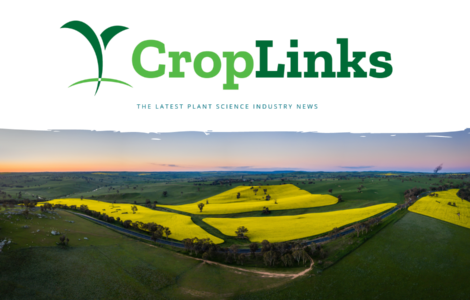Glyphosate is crucial for more than farming
8 December 2020
The Invasive Species Council has released a new report seeking to quell the myths about the popular herbicide glyphosate.
Glyphosate: A Chemical to Understand was authored by Tim Low, a well-renowned ecologist and author of articles and books on nature and conservation.
The report highlights concerns that science is being ignored when it comes to assessing the safety and efficacy of the chemical and politically motivated decisions about the future use of glyphosate could be to the detriment of native environments. Mr Low states, “Glyphosate is the main chemical used to control environmental weeds in Australia, so a ban would have serious consequences for nature conservation.”
The report makes the important point that the potential danger of a chemical can be looked at through a hazard assessment, ie. Is it capable of causing harm, or a risk assessment, ie. Under what conditions would it cause harm. While the International Agency for Research on Cancer (IARC) added glyphosate to its list of ‘probable carcinogens’ in 2015, IARC flags hazards only.
It is not a regulatory agency and does not undertake any research of its own. Rather, it plays a role by advising regulatory bodies of potential hazards which allows them to assess for any associated risks so they can be managed.
While many associate weedkillers with commercial agriculture, thousands of Landcare and Bushcare volunteers across Australia also rely on glyphosate-based herbicides in their conservation work.
Australia is globally recognised for its national parks and native flora and fauna. Our picturesque environment is enjoyed by locals and international visitors alike. The pristine status of these environments is at risk through invasive species such as the blackberry bush. Uncontrolled, it can spread rapidly, destroying the native flora and
compromising the natural ecosystem.
Tools like glyphosate are crucial to controlling invasive weeds. Without the use of specialised pesticide products and the work of park rangers, spray contractors and other environmental land managers, many ecosystems would succumb to the significant threat of invasive weeds
*Invasive Species Council (2020). Glyphososate: A Chemical to Understand. Invasive Species Council. Fairfield, Victoria, Australia.
Facts about glyphosate:
- Glyphosate is one of the most widely used herbicides in the world. It revolutionised farming when it came on the market in the mid 1970s because of how effective and safe it is.
- Glyphosate is a broad-spectrum herbicide which works by inhibiting an enzyme plants need to be able to grow.
- Glyphosate has a lesser acute toxicity than table salt. More than 800 scientific studies and independent safety assessments support the fact that glyphosate-based products are safe and they do not cause cancer.
- Before any agricultural chemical product can be sold or manufactured in Australia, it goes through rigorous scientific assessment by the Australian Pesticides and Veterinary Medicines Authority (APVMA).
- In 2016 the APVMA examined glyphosate and found there were no grounds for its approved uses to be reconsidered.
- Every independent, science-based regulatory agency globally (including; Germany,New Zealand, Canada, the US, Japan and the European Union) has comprehensively evaluated glyphosate and found it safe to use.
